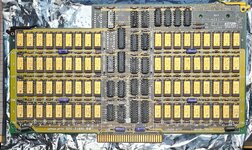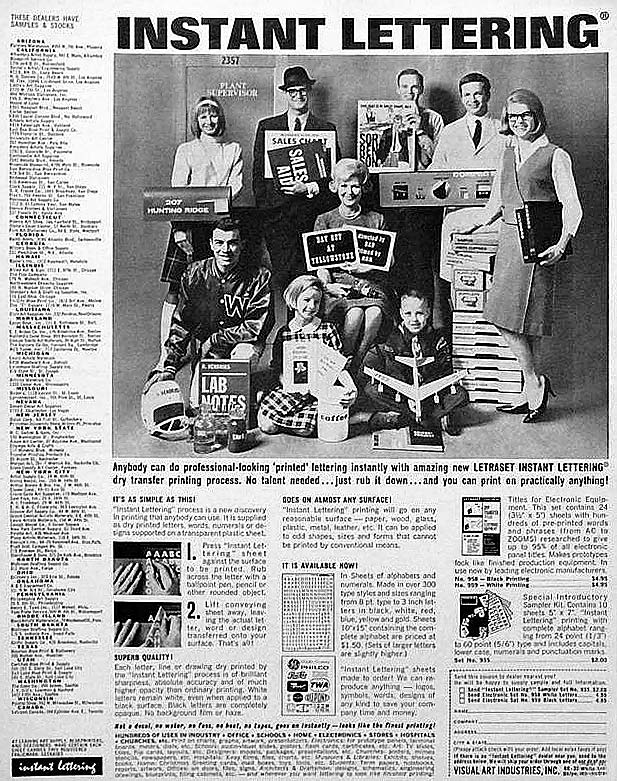AlexTheCat123
Well-known member
Hi guys! I asked this same question on LisaList2 yesterday, but I figured I'd post it here too in case anybody can help.
I've been working on replicas of a bunch of Lisa PCBs lately and so far I've been able to get everything really accurate to the originals, with the exception of one thing: the silkscreen font. I've taken some pictures of the text and ran them through those websites that identify fonts from images, but I can't find anything that's a perfect match. The closest thing I've been able to find is the Monaco font, which I've used on all of my boards so far, but it's still not even close to identical. Now that I'm working on doing the I/O board, which has way more text on it than the other PCBs that I've done, it would be really nice to find the exact font that Apple used. Does anybody know what that font is? The same font is also used on Macintosh boards from the same time period in case that helps.
Thanks!
Alex
I've been working on replicas of a bunch of Lisa PCBs lately and so far I've been able to get everything really accurate to the originals, with the exception of one thing: the silkscreen font. I've taken some pictures of the text and ran them through those websites that identify fonts from images, but I can't find anything that's a perfect match. The closest thing I've been able to find is the Monaco font, which I've used on all of my boards so far, but it's still not even close to identical. Now that I'm working on doing the I/O board, which has way more text on it than the other PCBs that I've done, it would be really nice to find the exact font that Apple used. Does anybody know what that font is? The same font is also used on Macintosh boards from the same time period in case that helps.
Thanks!
Alex


